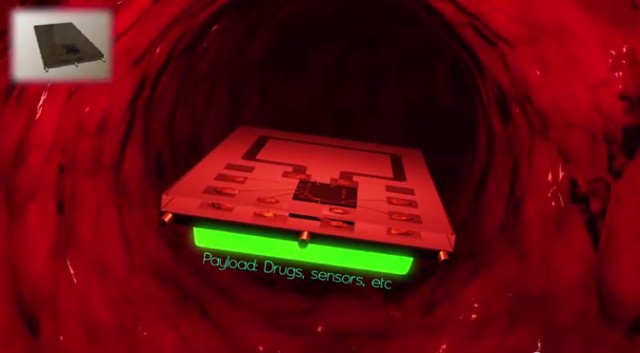 Tiny medical devices that swim through the blood stream are closer to reality, thanks to research coming out of Stanford University last week.
Tiny medical devices that swim through the blood stream are closer to reality, thanks to research coming out of Stanford University last week.
Electrical engineer and Stanford assistant professor Ada Poon demonstrated a tiny, wireless powered, self propelled medical device capable of controlled motion through blood, which the school believes could lead to the era of "swallow the surgeon" medical care. Poon showed off the device during a demo at the International Solid-State Circuits Conference.
Stanford predicts that the devices "could travel through the bloodstream to deliver drugs, perform analyses, and perhaps even zap blood clots or remove plaque from sclerotic arteries." Poon said that the applications of the technology "include everything from diagnostics to minimally invasive surgeries."
PCWorld points out that "energy was always the biggest stumbling block for miniature devices--batteries always take up most of the mass of the device, and they need to be replaced, charged, and so forth. Poon’s devices get their power via radio waves, which is the breakthrough researchers needed in order to pierce the human body in this fashion."
According to Stanford, the devices "consist of a radio transmitter outside the body sending signals inside the body to an independent device that picks up the signal with an antenna of coiled wire. The transmitter and the antennae are magnetically coupled such that any change in current flow in the transmitter produces a voltage in the other wire – or, more accurately, it induces a voltage. The power is transferred wirelessly. It can be used to run electronics on the device and propel it through the bloodstream."
Poon's research was supported by the C2S2 Focus Center, Olympus Corporation and Taiwan Semiconductor Manufacturing Company.
Check out an animated video that explains the devices over at MedGadget.
















